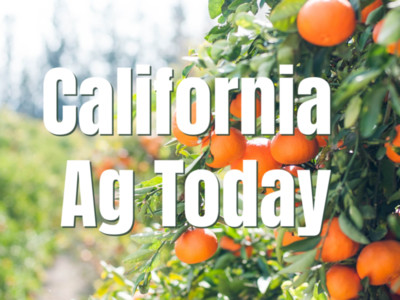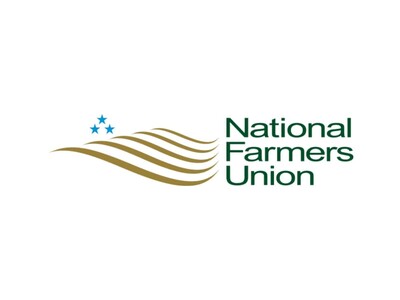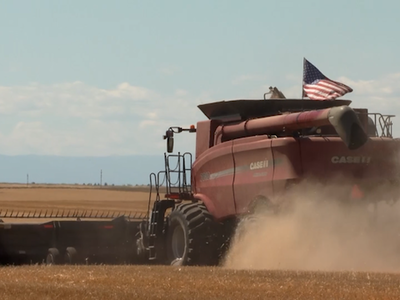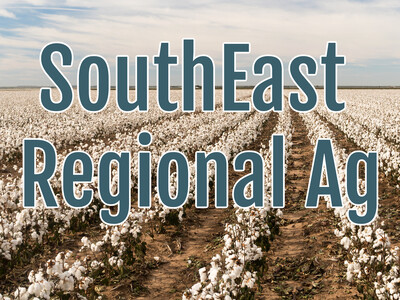Drought Conditions in the West
Drought Conditions in the WestDroughts have the potential to affect every sector of the economy, but the agricultural sector is particularly vulnerable
Certainly, farmers and ranchers do not need another setback right now.
USDA meteorologist, Brad Rippey says there a significant pocket of extreme drought over much of the West.
Several months in a row of below-average precipitation have brought drought to the Pacific Northwest in spring 2020, with only the northwestern corner of Washington, around Seattle, free of any kind of drought or abnormal dryness as of the May 19 update from the U.S. Drought Monitor. As the region’s dry summer approaches, the winter and spring precipitation deficits pose a threat to livestock operators, farmers, and fish, and heighten the risk of wildfires.
For many of us, the backdrop of our mental image of Washington and Oregon is the dripping, moss-covered forests of the Coast and Cascade Range Mountains. But a significant portion of each state lies inland of the mountains on a high, dry plateau. Lying in the rain shadow of the mountains, these areas are dominated by public and private rangeland and farms, and their water supply is largely dependent on the mountain snowpack.
When it comes to this winter’s snowpack, says Oregon State Climatologist Larry O’Neill, the concern is less about how little there was and more about how quickly it is melting. Snow totals in several of the state’s mountain ranges, including the North Cascades and the Blue mountains were actually pretty good, and even in the Southeast, where they were below normal, they weren’t record-low. But it is all melting lightning fast.













